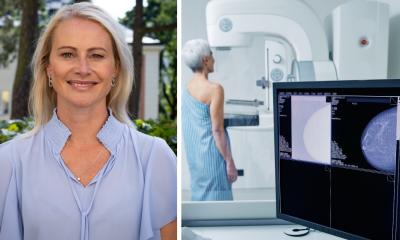RIS/PACS in practice
Surprising results from coopetition study
A coopetition study carried out by the CKM (Centre for Hospital Management) has shown that RIS/PACS technologies can contribute towards an increase in diagnostic quality, acceleration of processes and a sustainable cost cuts, writes Professor Wilfried von Eiff, of the Centre for Hospital Management, Westphalian Wilhelms-University Muenster, Germany.

However, these potentials are only released provided that user-orientated workflow optimisation, stable technology/software, effective change management and openness to interfaces for the integration of effective software systems from third party providers are all in place.
Yet, it is precisely those success factors for RIS/PACS projects that are not mobilised in many cases, resulting in avoidable costs, insufficiently integrated workflows, second best diagnostic results and dissatisfied users.
53% of RIS/PACS users could lower costs and increase their productivity by the introduction of the system -- however, only 13% would recommend the RIS/PACS system they use without any reservations. This is particularly being justified by the insufficient consideration of individual, specialist user requirements, the manufacturers’ inadequate problem solving ability, as well as a lack of compatibility with other applications systems. Overall, 50% of users evaluated the cooperation with the manufacturers as inadequate.
The users also saw a clear need for improvements in training, product training and helpdesk/user service offered by manufacturers. Bad experiences relate to faulty programmes, inadequate support with the reorganisation of the workflow and ineffective bug management.
Interfaces in the software implementation play a significant role for the success of projects because not every RIS system is compatible with every PACS system. Moreover, users criticised the non-transparent information policies for integration approaches to electronic patient files (EPR). Non-transparent and inflated price policies were also criticised, and users additionally stated that the service and sales staff lack credibility and medical competence. Overall, 44% of users described manufacturers’ support as inadequate; a third stated that the technology used is not sufficiently effective.
On the other hand, we need to list positive experiences: Fast data access, high data availability, faster therapeutic turnaround time with radiological diagnoses.
It is interesting that hospitals with clear service structures (five to eight specialist disciplines) prefer cheap RIS/PACS solutions, whilst full service hospitals put strong emphasis on extensive support in the introduction process.
Conclusion: There is no way around the introduction of RIS/PACS systems. More than 50% of users have lowered the costs of the care process and 30% confirm more qualified facilities of diagnosis. The most important criteria in the choice of the ‘right’ RIS/PACS partner are securing a free interface to effective third party vendors, workflow optimisation before the use of new technology and user-centred change management. A decisive factor for success is that the RIS/PACS project management is oriented around the life cycle of use.
01.05.2009











